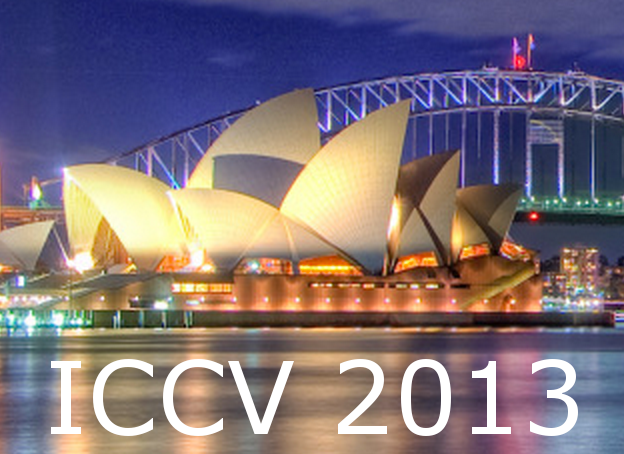-
A Unified Rolling Shutter and Motion Blur Model for 3D Visual Registration
AbstractMotion blur and rolling shutter deformations both inhibit visual motion registration, whether it be due to a moving sensor or a moving target. Whilst both deformations exist simultaneously, no models have been proposed to handle them together. Furthermore, neither deformation has been considered previously in the context of monocular fullimage 6 degrees of freedom registration or RGB-D structure and motion. As will be shown, rolling shutter deformation is observed when a camera moves faster than a single pixel in parallax between subsequent scan-lines. Blur is a function of the pixel exposure time and the motion vector. In this paper a complete dense 3D registration model will be derived to account for both motion blur and rolling shutter deformations simultaneously. Various approaches will be compared with respect to ground truth and live real-time performance will be demonstrated for complex scenarios where both blur and shutter deformations are dominant.
Related Material
[pdf][bibtex]@InProceedings{Meilland_2013_ICCV,
author = {Meilland, Maxime and Drummond, Tom and Comport, Andrew I.},
title = {A Unified Rolling Shutter and Motion Blur Model for 3D Visual Registration},
booktitle = {Proceedings of the IEEE International Conference on Computer Vision (ICCV)},
month = {December},
year = {2013}
}
ICCV 2013 open access
These ICCV 2013 papers are the Open Access versions, provided by the Computer Vision Foundation.
Except for the watermark, they are identical to the accepted versions; the final published version of the proceedings is available on IEEE Xplore.
Except for the watermark, they are identical to the accepted versions; the final published version of the proceedings is available on IEEE Xplore.
This material is presented to ensure timely dissemination of scholarly and technical work.
Copyright and all rights therein are retained by authors or by other copyright holders.
All persons copying this information are expected to adhere to the terms and constraints invoked by each author's copyright.

